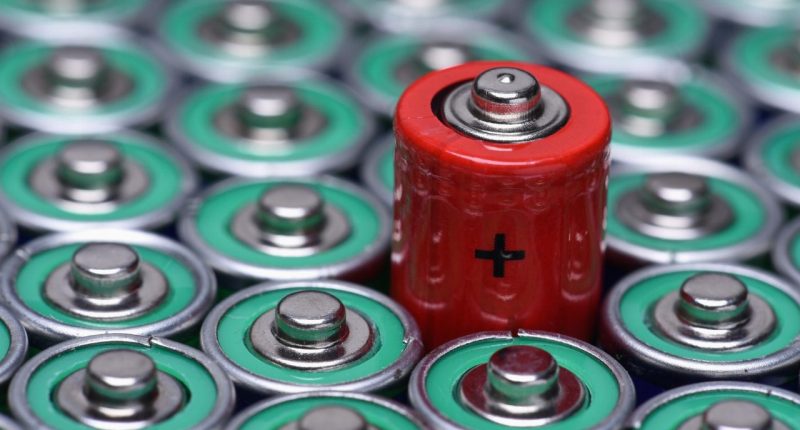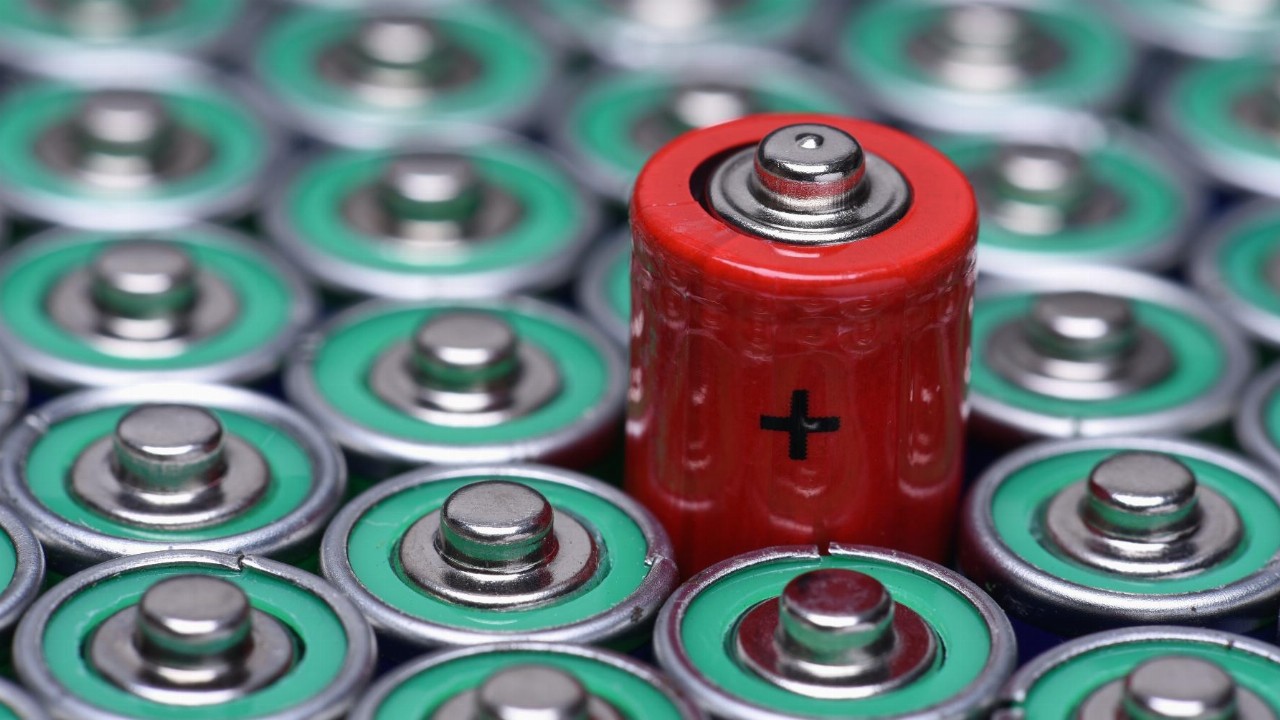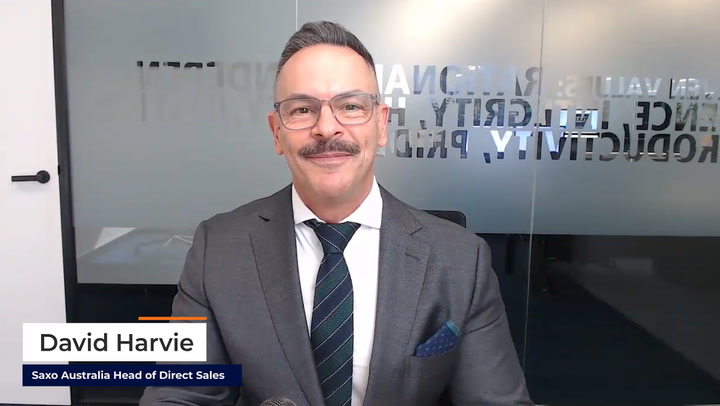- Strategic Elements (SOR)’s self-charging battery technology has successfully undergone the next round of testing, being mechanically bent over 2000 times
- The self-charging battery technology, fabricated onto a flexible textile cloth, showed no visible cracks after 2000 bending cycles
- The company says the next steps involve increasing power output beyond the comparative time period used
- It’ll also further optimise the fabrication and adhesion properties of the battery ink on other flexible substrates like plastic
- SOR is now looking at developing battery ink cells up to four times smaller than existing cells
- Strategic Elements is up 2.38 per cent, trading at 43 cents
Strategic Elements (SOR)’s self-charging battery technology has achieved its next milestone, being mechanically bent over 2000 times.
The self-charging battery technology, fabricated onto a flexible textile cloth, is different to normal battery technologies like alkaline, lithium and coin, in that it is not rigid or bulky, and can be suitable for flexible electronics.
During early-stage work, the battery ink technology showed potential to be a highly flexible power source for electronics, capable of a very small six-millimetre bending radius – smaller than an average adult human finger.
Bending strain is one of the main movements that induces cracks on functional thin films, leading to the malfunction of flexible electronics.
To test the battery’s flexibility and durability, the battery prototype was fixed onto two platforms that moved towards each other.
After 2000 bending cycles, the battery ink layer on the textile device was inspected and no visible cracks were present. Voltage output was measured over a two-hour period before bending and for two hours after bending, with minimal change in voltage occurring over the comparative periods.
After continuous 2000 bending cycles, the battery ink layer on the textile device was inspected and no visible cracks were present.
The battery self-charges via electricity from humidity in the air or skin surface, which can be charged via flexible skin patches. The battery is being developed under a collaboration partially funded by a Federal Government grant with CSIRO and the University of New South Wales.
The sector produced US$10 billion (around A$13 billion) in revenue in 2019 and is forecast to grow to nearly US$40 billion (roughly A$52 billion) by 2030.
The company says the next steps in testing mechanical flexibility will involve increasing power output beyond the comparative time period used to date. SOR will also further optimise the fabrication and adhesion properties of the battery ink on other flexible substrates such as plastic.
SOR is now looking at developing battery ink cells up to four times smaller than existing cells.
- Strategic Elements is up 2.38 per cent, trading at 43 cents at 10:38 am AEDT.








